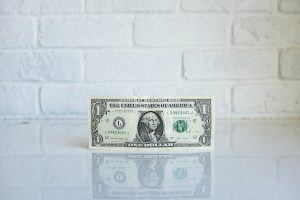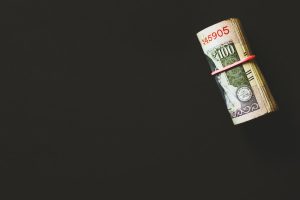Forex, also known as foreign exchange or FX, is the market where traders buy and sell currencies. It is the world’s largest financial market, with an estimated daily turnover of over $5 trillion. Forex trading can be a lucrative venture for those who understand how it works, but it can also be risky for those who do not. One of the fundamental concepts in Forex trading is going long or short.
Going long or short in Forex refers to the direction in which a trader expects the currency pair to move. When a trader goes long, they are buying a currency pair, expecting it to rise in value. When a trader goes short, they are selling a currency pair, expecting it to decrease in value. In simpler terms, going long is a bullish strategy, while going short is a bearish strategy.
To illustrate this concept, let’s use the EUR/USD currency pair as an example. If a trader expects the euro to appreciate against the dollar, they would go long on the EUR/USD pair. This means they would buy euros (the base currency) and sell dollars (the quote currency). If the trader’s prediction is correct, and the euro does indeed rise against the dollar, they can sell the euros back for a profit.
On the other hand, if a trader expects the euro to depreciate against the dollar, they would go short on the EUR/USD pair. This means they would sell euros (the base currency) and buy dollars (the quote currency). If the trader’s prediction is correct, and the euro does indeed fall against the dollar, they can buy back the euros at a lower price and make a profit.
It’s important to note that going long or short in Forex does not involve physically owning the currency. Instead, traders use contracts for difference (CFDs) to speculate on the price movements of the currency pair. CFDs allow traders to profit from both rising and falling markets, without the need to own the underlying asset.
Another important aspect of going long or short in Forex is the use of leverage. Leverage allows traders to control a larger position with a smaller amount of capital. For example, if a trader has a leverage of 1:100, they can control a position worth $100,000 with just $1,000 of their own money. While leverage can amplify profits, it also increases the risk of losses.
In conclusion, going long or short in Forex is a fundamental concept that every trader should understand. It involves speculating on the direction in which a currency pair will move, and using CFDs and leverage to profit from those movements. While Forex trading can be a lucrative venture, it is important to have a solid understanding of the market and its risks before investing your money.





